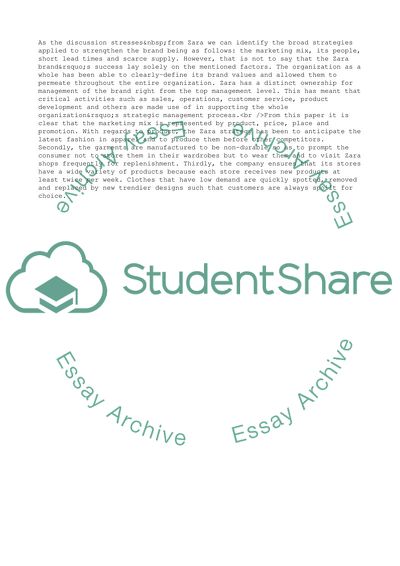Cite this document
(“Zara Brand Equity and Brand Positioning Essay Example | Topics and Well Written Essays - 1500 words”, n.d.)
Retrieved from https://studentshare.org/management/1567509-zara-international-fashion-brand
Retrieved from https://studentshare.org/management/1567509-zara-international-fashion-brand
(Zara Brand Equity and Brand Positioning Essay Example | Topics and Well Written Essays - 1500 Words)
https://studentshare.org/management/1567509-zara-international-fashion-brand.
https://studentshare.org/management/1567509-zara-international-fashion-brand.
“Zara Brand Equity and Brand Positioning Essay Example | Topics and Well Written Essays - 1500 Words”, n.d. https://studentshare.org/management/1567509-zara-international-fashion-brand.


